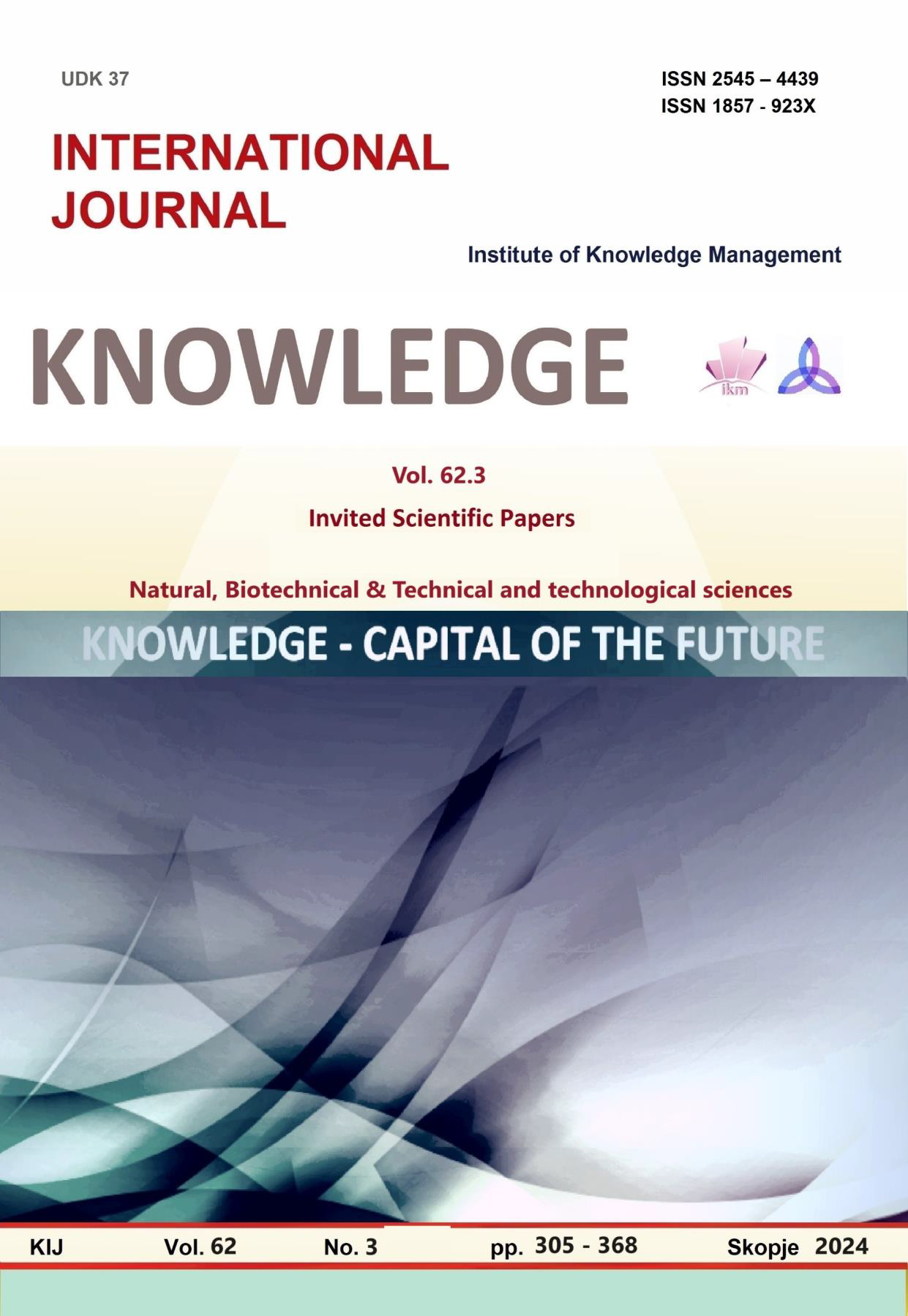FIBER LASER ENGRAVING ON FLAT AND UNEVEN SURFACES
FIBER LASER ENGRAVING ON FLAT AND UNEVEN SURFACES
Author(s): Mariela Todorova, Tihomir Dovramadjiev, Darina DobrevaSubject(s): Social Sciences
Published by: Scientific Institute of Management and Knowledge
Keywords: laser engraving;flat and uneven surfaces;optimal values
Summary/Abstract: Laser engraving is a technology suitable for objects with diverse shapes and relief. It involves the removal of the top surface of the material through a precisely focused laser beam. This technology offers a wide range of design and personalization possibilities. The results of laser engraving are formed depending on several key factors, such as the composition and properties of the material, the power of the laser beam, and the speed and intensity of the process. In this context, the article examines the characteristics of engraving with fiber lasers, which are highly effective in processing materials such as leather, metal, and composite surfaces (ABS). A distinctive feature of laser engraving is its applicability to objects of various shapes and sizes, making the technology extremely flexible across different industries. The maximum object size and the printing area the machine can cover vary depending on the specific model and technical characteristics of the laser. The article explores results of engraving on flat and uneven surfaces, as well as objects with irregular shapes. Applying the laser beam at different heights can lead to changes in engraving intensity in the same area, attributed to the variety in the object's relief and the deviation of the beam from its optimal values. System settings requirements vary depending on the material, and the correct configuration leads to optimal results. While laser engraving provides limitless possibilities for creativity and personalization, attention to the correct settings is crucial. Improper application can result in detrimental outcomes and even the destruction of the object. Therefore, proper configuration and attention to detail are key to achieving successful and high-quality engravings. Fiber lasers find widespread application in industries such as metal engraving, where their high precision and efficiency make them a preferred choice. In the medical industry, they are used for marking instruments and manufacturing metal components. They are also applied in electronics, jewelry, and the production of promotional materials. This research significantly benefits stakeholders across diverse industries by advancing precision and versatility in material processing. The study's experience facilitate optimized configuration settings for different materials, ensuring stakeholders achieve intricate designs with utmost accuracy. The application of fiber lasers in metal engraving, medicine, electronics, jewelry, and promotional material production is underscored, showcasing the technology's adaptability to varied industrial needs. Stakeholders find cost-effective solutions through the enhanced efficiency of fiber lasers, reducing the necessity for additional processes. With a focus on engraving flat and uneven surfaces, the research expands creative possibilities for artists and designers, catering to the growing demand for personalized outcomes. The study establishes industry best practices, offering a valuable reference for stakeholders seeking to adopt or optimize laser engraving processes. Quality assurance is emphasized, minimizing errors and rework, while technological advancements in fiber lasers contribute to positioning stakeholders at the forefront of innovative and efficient material processing methods.
Journal: Knowledge - International Journal
- Issue Year: 62/2024
- Issue No: 3
- Page Range: 339-343
- Page Count: 5
- Language: English

